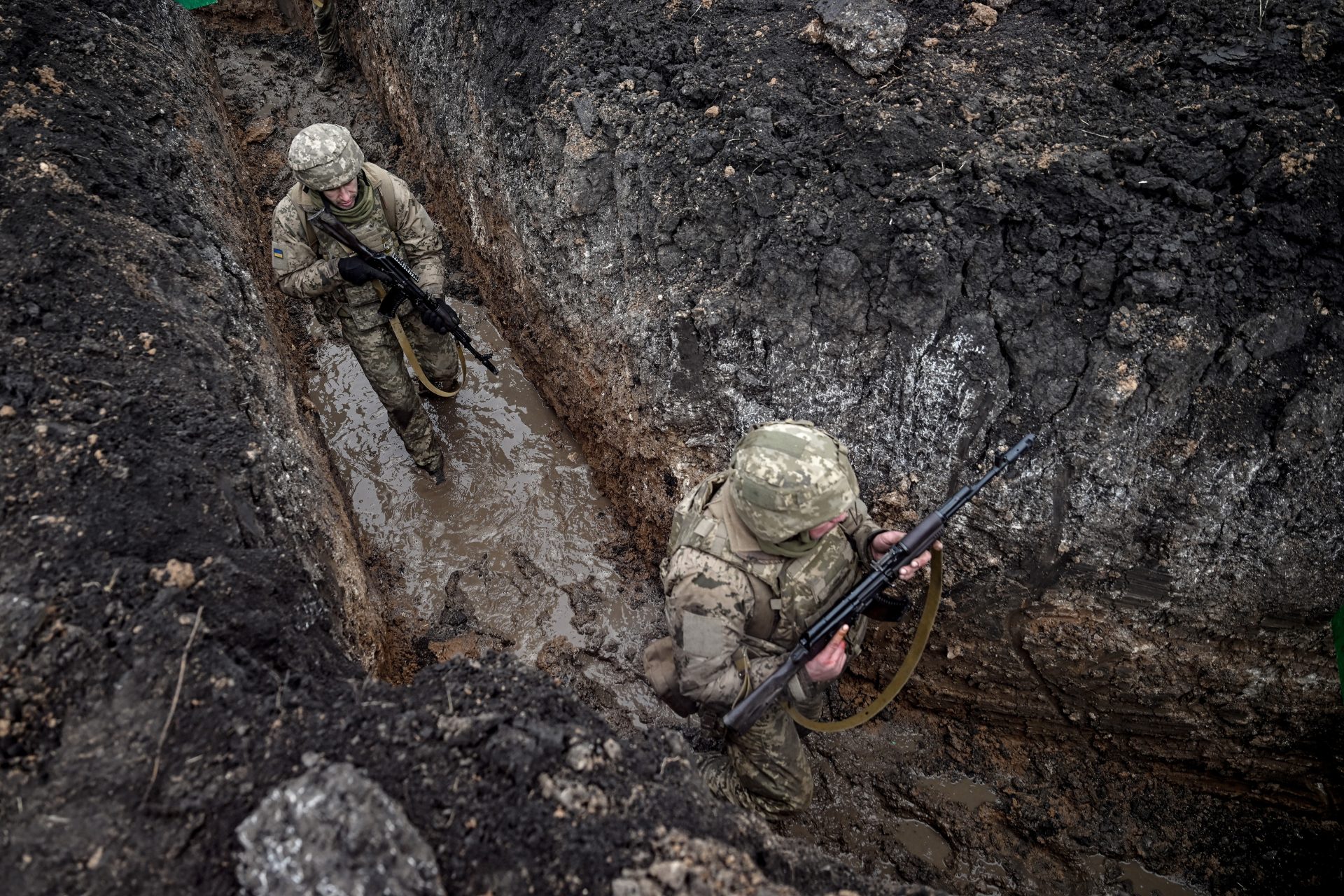Death row dinner: why are we obsessed with people's last meals?
Some experts believe the concept of a last meal comes from a religious background: Jesus shared bread and wine with his disciples the night before his crucifixion. In modern times we often see it in pop culture: books, podcasts, documentaries, and studies. But why do we care so much?
The clearest example of a last meal in modern society is that granted to a prisoner on death row. In the US, most states with capital punishment offer one a day or two before execution.
Knowing the details of a last feast request is easy. Most states that grant a 'special meal' have public lists and hold press conferences before and after an execution.
However, sometimes, inmates receive only a portion of their requested meal. On other occasions, some items can be replaced with what's available and similar. Florida and Oklahoma have financial limits for their last food.
In Texas, special requests for last meals were banned in 2011 after white supremacist murderer Lawrence Russell Brewer ordered a gushing feast and did not eat any of it, stating he was not hungry.
Brewer asked for two fried chicken pieces with gravy; a triple meat bacon cheeseburger with fixings on the side; a cheese omelet with ground beef, tomatoes, onions, bell peppers, and jalapeños; a large bowl of fried okra with ketchup; one pound of barbecue with half a loaf of white bread; three fajitas with fixings; a Meat Lovers pizza; three root beers; one pint of Blue Bell vanilla ice cream; and peanut butter fudge with crushed peanuts.
According to a 2022 review paper by John Walliss, a growing body of research has evaluated prisoners' last meals and words over the past two decades, analyzing their details and effects and producing a large amount of literature about the subject.
The paper goes on to explain that the subject has been studied from different perspectives, from analyzing the nutrition aspect of the food (how much fat and sugar content, or if it is fried or baked) to the effects that offering one last meal has on the inmates and the general perception of capital punishment.
Researcher Daniel LaChance wrote in a 2007 paper that he believes last meals help enforce the need for capital punishment as it depicts inmates as individuals. "As self-made monsters who are intrinsically different by choice," he said.
On the other hand, some experts believe it helps the opposition to capital punishment. In a statement collected by the New York Times, Amnesty International USA senior program officer Kristina Roth said: "the 'ordinariness' of the last meal is a sort of connection between the macabre world of death row and everyday life."
The idea of a last meal has been recurrently tackled in popular culture. That includes books, documentaries, movies, and extensive journalistic coverage: press releases and conferences are held to discuss last meals requests before an execution, and public websites disclose lists.
'Meals To Die For' is a 2004 cookbook written by a former Texas prison inmate who prepared many last meal requests for death row. But other books imagine the idea of a final feast outside the walls of a jail. That is the case for Jay Rayner's 2020 'Last Supper, one meal a lifetime in the making.'
But the inmates' choices of last meals have their most extensive representation in images. Henry Hargreaves recreated them for shootings in his apartment, and at least ten other relevant photographers have tackled the subject from different angles.
In 2020, Australian filmmakers Marcus McKenzie and Daniel Principe added a new documentary to the extensive list of films about the subject. Theirs is titled 'Last Meal,' and it shows recreations of inmates' requests in a colorful manner, almost like a food commercial would look.
McKenzie and Principe discussed why they chose that aesthetic and subject during an interview with Vice. "Is food images and true crime. If you can combine them, you draw people in," McKenzie said. The film discusses information about capital punishment through food.
The filmmakers chose to tackle American last meals, although it is not the only country with capital punishment. Most books, photographs, articles, and recreations are inspired exclusively by the US penal system.
The Australian filmmakers and Jay Rayner have said, on separate occasions, that one of the reasons American cases are more commonly analyzed is freedom of the press. Most countries with capital punishment, like China or Iran, are autocracies, so their press cannot inform about these details.
Another reason for how American this obsession turned out is the sizeable true crime industry that the country holds. Many famous serial killers have been sentenced to death and requested a last meal before execution.
That is the case for the most famous of American serial killers: Ted Bundy. He declined a special meal and was given the traditional medium-rare steak, eggs, hash browns, toast, milk, coffee, juice, butter, and jelly. He did not eat that either.
John Wayne Gacy, also known as the clown killer, was responsible for killing at least two dozen young men. Once a KFC manager, he requested dozen deep-fried shrimp, a bucket of original recipe Kentucky Fried Chicken, french fries, a pound of strawberries, and a bottle of Diet Coke.
Some requests have not been strictly food. That is the case for Jonathan Nobles, who stabbed three people, killing two, in a rampage while drugged. According to the 'Last Meal' documentary, Nobles turned sober and converted to Catholicism while awaiting his execution. He asked for forgiveness and requested the Holy Communion instead of his last meal.
Nobles' request for consolation was common. A 2012 study deduced that comfort foods are the most common requests among death row inmates. Cornell University researchers who studied 193 last-meal requests in the United States concluded that most were high in calories and fried, but also everyday meals.
More for you
Top Stories



































